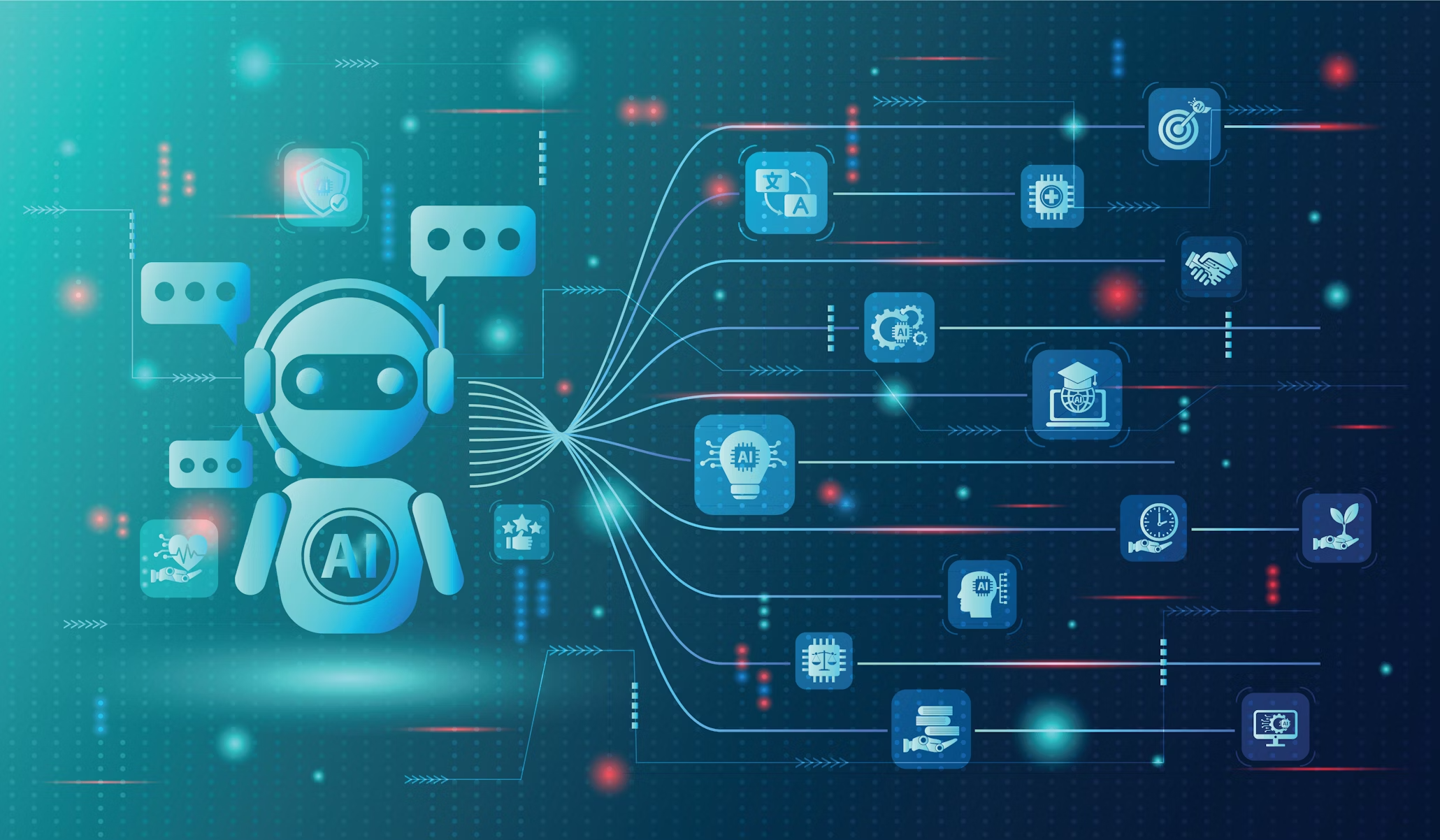Note: You can skip my yapping and go straight to the workshop by clicking here.
Some Background
It’s summer, it’s hot, I just saw the new Superman movie (it’s incredible, bravo James Gunn), and I’m fresh off another edition of my Discovery Day program. It’s a field trip where students visit my employer’s office in Charlotte for a full day of career exploration, STEM activities, and networking.
For this latest one, I created a new workshop using the Petoi ‘Bittle X’ Robot Dog, which features a fun new addition to its capabilities. I continue with my habit of taking what I’m learning as a software engineer and bringing it to students in ways that are approachable, fun, but most importantly, relevant.
We need to teach students skills that’ll actually land them tech jobs in this new age of AI. Things have gone far beyond just learning to code (although you still should). These days, if your approach to STEM Education doesn’t involve AI, you’re doing your students a disservice.
Tech workers everywhere are being routinely yeeted by AI, either into increased productivity, or the shadow realm. It’s not a fad, it’s changing the way we work. It’s already made my job way different. A lot of my time is spent directing AI to write code, albeit with rather technically dense prompts, rather than writing it myself. And beyond that, it’s proven invaluable for research tasks.
Gone are the days of having 30 tabs open troubleshooting an issue. A back and forth conversation with good prompting can get you the information you need faster than ever. It’s undeniable, AI is the real deal, and it’s here to stay.
Bittle’s New Toy: A Robot Arm
I’ve had something of a love affair with Petoi’s products when it comes to engaging students of all ages. Check out some local news coverage and my LinkedIn recap of an event I hosted featuring their Bittle X. It’s safe to say I’m a fan of their stuff.
The Bittle grabs students instantly with the “wow” factor. Once you have their attention, it’s easy to teach them real skills. They can control the dog with their voice, use a block-based programming tool, or dive into Python (my preference).
So when they recently introduced a new product to their lineup, a robot arm that can be bought as a separate attachment or purchased with a new dog, I was all in.
It’s an awesome addition to their already impressive lineup of extensions. What makes it specifically cool is the precision required to control it. Students quickly learn that being specific matters when dealing with technology, whether they’re using code, prompt engineering, or voice commands.
I was fortunate enough to receive one for use in my workshops, and I finally got the chance to cook something up with it. The workshop I created works with both the arm-equipped Bittle and the standard Bittle X, all while tackling the topic that’s on everyone’s mind these days: artificial intelligence.
Context Is All You Need
The workshop centers around a simple but powerful concept. AI becomes useful when you give it good context. Students start with an AI chat interface that only knows a few basic commands for the robot dog. Through hands-on challenges, they progressively teach the AI new capabilities by providing it with more context about the robot’s full range of abilities.
This demonstrates the core principle of AI Engineering, which is connecting AI to specific knowledge to solve real problems. It’s like the difference between asking someone to “make coffee” versus telling them exactly how you like it. You know, with oat milk, two pumps of vanilla, extra foam, half the ice, or whatever complicated concoction someone might be into (I’m an herbal tea guy, no additives, so I wouldn’t know). Give someone your specific preferences and suddenly they can make your perfect drink every time.
As Andrej Karpathy (former Director of AI at Tesla and founding member of OpenAI) proclaimed, we’re entering the age of AI Engineering. The future isn’t just about using AI. It’s about making AI useful by connecting it to real-world systems and knowledge. AI Models are brilliant but need specific context to be useful. That’s where AI Engineers come in.
Traditional software engineers write code to directly control systems. AI Engineers take a different approach. They write code that teaches AI how to control those systems. It’s still engineering, but instead of coding every action, you’re providing AI with the knowledge it needs to figure things out. In many ways, it’s just an evolution of the job title.
This workshop gives students a taste of both worlds. They see how traditional code controls the robot directly, then transform into AI Engineers by teaching AI to control it. More importantly, they learn that with the right context and tools, they can solve problems faster than ever.
See It in Action
Here’s some clips from the Charlotte–Mecklenburg Schools “Bases Loaded” back‑to‑school event where I delivered this workshop, as featured on Microsoft’s LinkedIn.
Required Materials
- Petoi ‘Bittle X’ Robot Dog (one per 5-6 students)
- Laptops with Python and VS Code installed
- Python packages:
openai,python-dotenv, andpyserial(install via pip) - OpenAI API Key (get one on their site)
- Workshop Folder Contains both the code and instructions for the workshop, found on GitHub. Copy the entire AI Engineering folder to the laptop(s) being used.
- Optional: Robot arm attachment for the final challenge
Facilitation Resources
All the code required to run this workshop is available in the AI Engineering folder on GitHub. Copy the entire folder onto each laptop and create a .env file in the lib folder with your OpenAI API key.
The full facilitation guide is below. The latest version will always be on GitHub.




